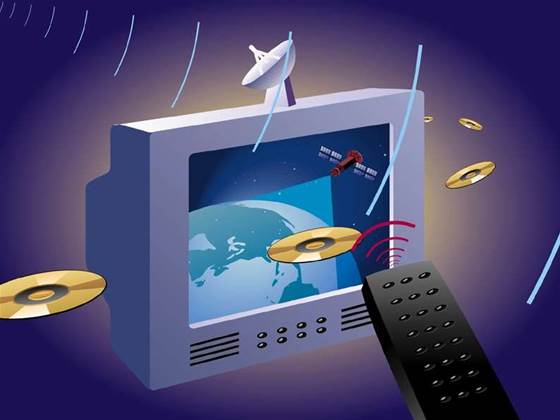
It was also revealed that 86 per cent of those watching on-demand TV are watching at least as much, if not more, than a year ago.
Almost two-thirds of respondents said that traditional TV schedules restrict their viewing.
The lack of choice, frustration at the restrictions of rigid TV schedules and technical innovations in the more flexible delivery of television were cited as the main reasons for moving away from scheduled programming.
The main advantages of on-demand services are the ability to catch up on missed shows, overcoming schedule clashes and greater flexibility.
Although many new web-based TV services have been launched in recent months, the study found that viewers still prefer to watch on-demand programmes on their TV rather than on a PC monitor.
The general consensus was that, while watching video on a PC was OK for short periods such as clips and trailers, watching films and full episodes was preferable on a TV.
More than three quarters of those polled predicted that there will be no TV schedules by 2018, when viewers will be able to always watch what they want, when they want.
However, the main barriers to widespread adoption of on-demand TV is a perception that it is too expensive and a general lack of awareness.
Some 14 per cent blamed the use of technical terms such as 'IPTV' as a major hindrance.
Neal McCleave, managing director of media services at Tiscali UK, said that if the use of IPTV services continues at the current rate, the load placed on networks will create a major problem for service providers.
He added that co-operation between networks and providers is the key to making sure that customers do not suffer.
Increased data capping may have to be introduced if networks start reaching saturation point, and heavy users will have to pay for the extra bandwidth they use.
McCleave explained that, although the increase in on-demand programming will reduce the need for recording devices such as PVRs, the two technologies will continue to complement each other as providers will never be able to license everything.
Londoners are leading the use of on-demand TV in the UK, with 26 per cent saying they use it daily and 29 per cent weekly.
Viewers are also typically younger, as almost half of 16-34 year-olds have viewed on-demand content compared with just 22 per cent of over 55s.


.png&h=140&w=231&c=1&s=0)
_(22).jpg&h=140&w=231&c=1&s=0)




_(26).jpg&w=100&c=1&s=0)

 iTnews Executive Retreat - Security Leaders Edition
iTnews Executive Retreat - Security Leaders Edition












_(1).jpg&h=140&w=231&c=1&s=0)



